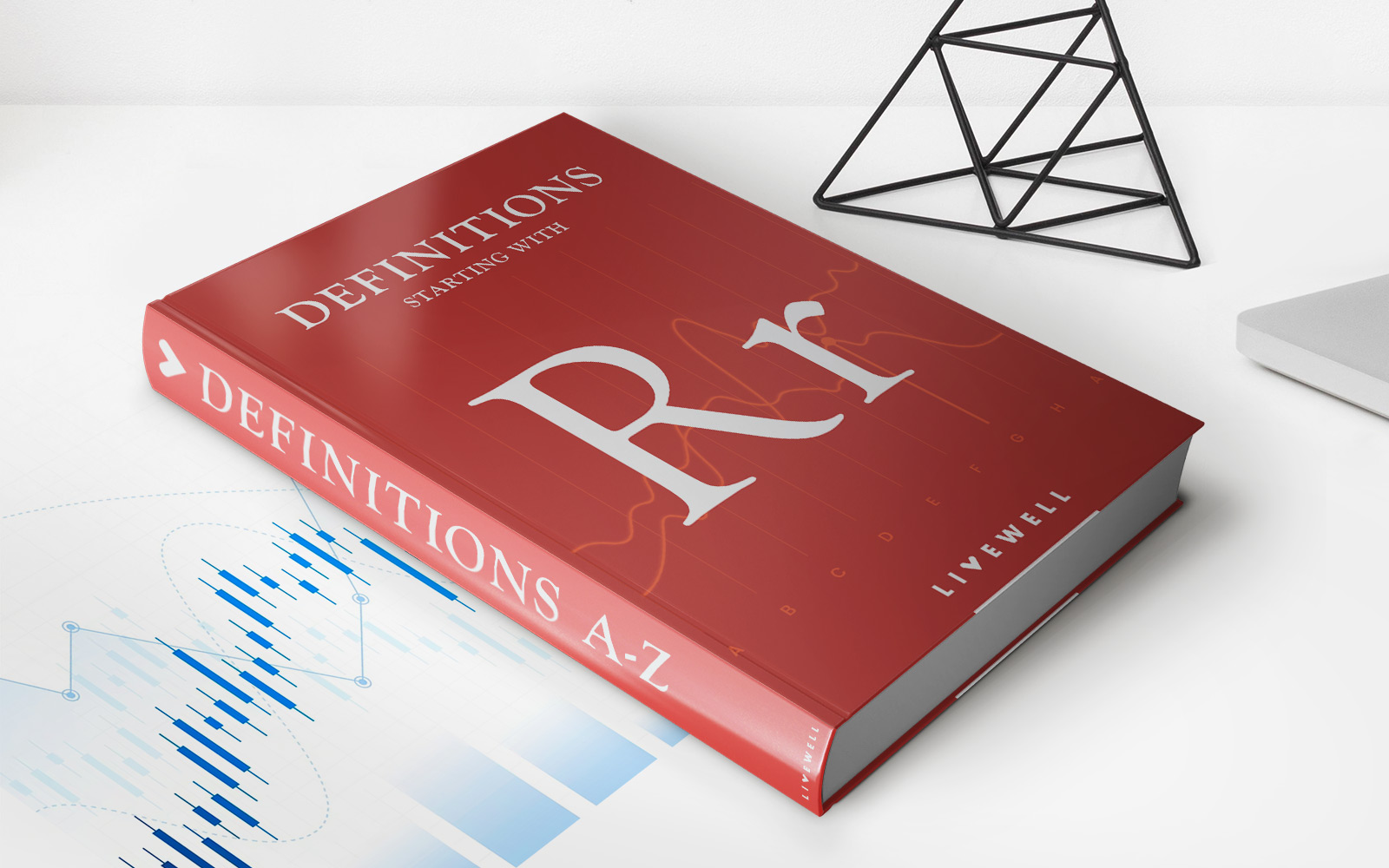Home>Finance>How Long After Your Insurance Lapse Is The Grace Period?


Finance
How Long After Your Insurance Lapse Is The Grace Period?
Published: February 19, 2024
Learn about the grace period after an insurance lapse and how it impacts your finances. Understand the consequences and steps to take.
(Many of the links in this article redirect to a specific reviewed product. Your purchase of these products through affiliate links helps to generate commission for LiveWell, at no extra cost. Learn more)
Table of Contents
Understanding Insurance Lapse
Insurance lapse occurs when a policyholder fails to make the required premium payments by the due date, resulting in the discontinuation of insurance coverage. This can happen with various types of insurance, including auto, home, health, or life insurance. When a policy lapses, the insurance company is no longer obligated to provide coverage for any claims or incidents that occur during the lapsed period.
It’s important to understand that an insurance lapse can leave individuals and assets vulnerable to financial risks. Without active insurance coverage, policyholders may be personally liable for any damages, injuries, or losses that would typically be covered by their insurance policy. For example, in the case of auto insurance, driving without coverage can lead to legal consequences and financial burdens in the event of an accident.
Insurance lapse can occur for various reasons, such as missed payments, insufficient funds, or failure to renew the policy on time. It’s crucial for policyholders to be aware of the implications of an insurance lapse and take proactive measures to prevent it from happening.
Importance of Grace Period
When it comes to insurance policies, the grace period holds significant importance for policyholders. The grace period serves as a crucial buffer that allows individuals to rectify any missed premium payments and maintain continuous coverage without facing immediate consequences of a lapsed policy.
During the grace period, policyholders have the opportunity to submit overdue payments and reinstate their insurance coverage without experiencing a gap in protection. This period acts as a safety net, providing a window of time for policyholders to address any payment issues and prevent the termination of their insurance policy.
Moreover, the grace period reflects the understanding that life events and financial circumstances can sometimes lead to missed payments. It acknowledges the need for flexibility and provides a reasonable timeframe for policyholders to resolve payment discrepancies without incurring severe repercussions.
Additionally, the grace period demonstrates the insurance company’s willingness to work with policyholders to maintain their coverage. It reflects a customer-centric approach, allowing for a reasonable opportunity to resolve payment issues and continue benefiting from the security and protection that insurance offers.
Overall, the importance of the grace period lies in its role as a supportive mechanism that promotes the continuity of insurance coverage, mitigates the immediate impact of missed payments, and acknowledges the unforeseen challenges that individuals may face in managing their insurance obligations.
Timeframe for Grace Period After Insurance Lapse
The timeframe for the grace period after an insurance lapse varies depending on the type of insurance and the specific terms outlined in the policy. Generally, insurance companies offer grace periods ranging from a few days to a month, allowing policyholders a window of time to make overdue payments and reinstate their coverage.
For example, auto insurance policies may have a grace period of around 10 to 20 days after the missed due date. During this period, policyholders can submit the overdue premium to avoid a lapse in coverage. Similarly, health insurance policies often include a grace period of 30 days, giving individuals the opportunity to catch up on payments and maintain continuous coverage.
It’s essential for policyholders to familiarize themselves with the specific grace period details outlined in their insurance policies. Understanding the exact timeframe for the grace period empowers individuals to take timely action in the event of missed payments, ensuring that their insurance coverage remains in force.
Moreover, the timeframe for the grace period underscores the importance of prompt communication and action. Policyholders should proactively address any payment issues within the grace period to prevent the policy from lapsing and mitigate the potential consequences of being uninsured.
By adhering to the timeframe for the grace period after an insurance lapse, policyholders can navigate the reinstatement process effectively, avoid gaps in coverage, and uphold the financial protection provided by their insurance policies.
Consequences of Not Renewing Insurance Within Grace Period
Failure to renew an insurance policy within the grace period can lead to several significant consequences for policyholders. One of the immediate repercussions is the potential loss of insurance coverage, leaving individuals and their assets vulnerable to financial risks and liabilities.
Without active insurance coverage, policyholders may face legal implications and financial burdens in the event of accidents, damages, or other covered incidents. For example, in the case of auto insurance, driving without coverage can result in legal penalties and personal financial responsibility for any accidents or injuries that occur during the lapsed period.
Additionally, not renewing insurance within the grace period can lead to disruptions in coverage, which may impact policyholders’ ability to access essential services. In the case of health insurance, a lapsed policy can result in the loss of medical coverage, limiting individuals’ access to healthcare services and potentially compromising their well-being.
Moreover, allowing an insurance policy to lapse by not renewing within the grace period can have long-term financial implications. Policyholders may encounter challenges in securing new insurance coverage, face higher premiums, or be subject to additional requirements due to the lapse in continuous coverage.
Furthermore, the consequences of not renewing insurance within the grace period extend beyond individual repercussions and can impact third parties. For instance, in the case of liability insurance, a lapsed policy can leave individuals exposed to legal claims and financial obligations arising from incidents for which they are held responsible.
Overall, the consequences of not renewing insurance within the grace period emphasize the importance of timely action and proactive management of insurance obligations. By understanding and adhering to the grace period requirements, policyholders can mitigate the potential risks and safeguard their financial security through continuous insurance coverage.














